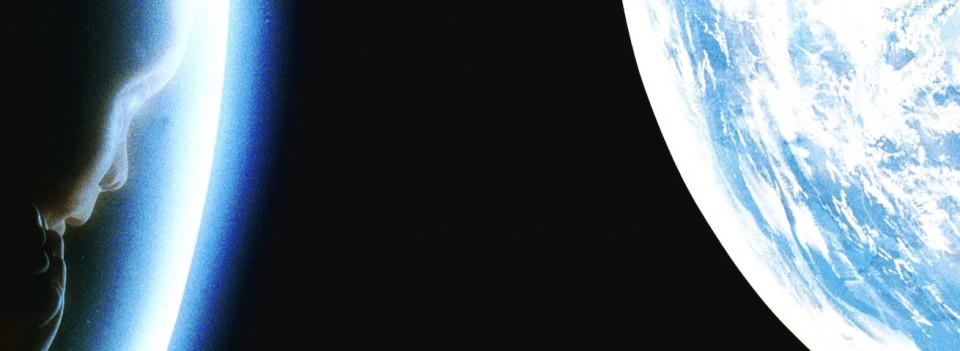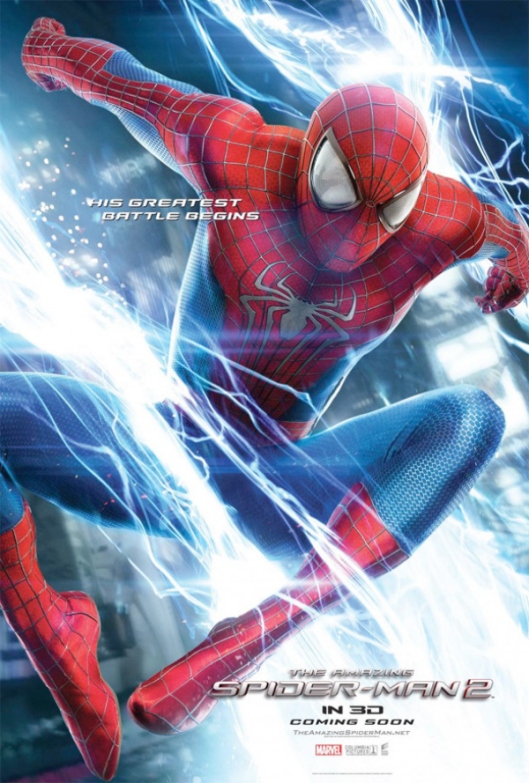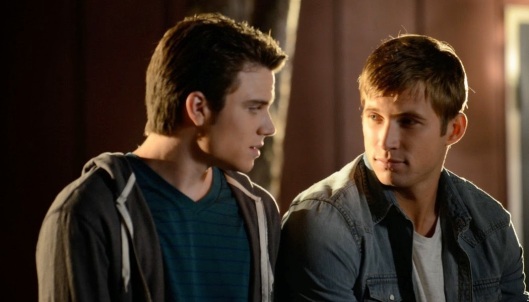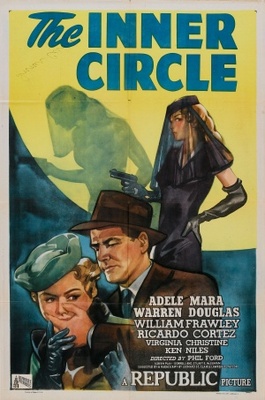Tags
Arthouse thriller, Chile, Emily Browning, Holiday, Hypnosis, Insomnia, Juno Temple, Michael Cera, Review, Sebastián Silva
D: Sebastián Silva / 97m
Cast: Juno Temple, Michael Cera, Emily Browning, Catalina Sandino Moreno, Agustín Silva
Shot entirely in Chile, Magic Magic is a slow-burn thriller that begins with Alicia (Temple) travelling outside the US for the first time to stay with her friend Sara (Browning). Alicia is a little shy and unsure of herself, and looks to Sara for support when she fails to impress Sara’s boyfriend Agustín (Silva), and his two friends Barbara (Moreno) and Brink (Cera). Leaving Santiago for a cabin in the countryside, they get so far when Sara receives a call saying she has to go back to resit one of her exams. Against Alicia’s wishes, Sara travels back alone, promising to be back the next day.
At the cabin, Alicia repeatedly tries to contact Sara but there’s no signal. She becomes increasingly restless and that night has trouble sleeping. The next day, Alicia, Agustín and Brink go hunting with a rifle; Brink shoots a parrot, leaving Alicia disturbed by his cruelty. Later, Alicia manages to contact Sara, who tells her she now won’t be back until the next day. Alicia has another bad night, and in the morning is offered pills by Barbara to help her sleep. Sara arrives and the group (minus Barbara) take a boat to a nearby place called The Rock where there is an outcrop that can be jumped off into the water. Alicia freezes and, although she is reassured by the others, her behaviour begins to cause them serious concern. Alicia, maybe through lack of sleep, is erratic, and prone to emotional outbursts; she also has fugue moments.
That night she is hypnotised by Agustín and responds directly to suggestions, even when Brink tells her to put her hand in the fire. Later, Alicia sleepwalks and causes a disturbance before being found. The next day there is an altercation between her and Brink which later leads to the discovery that Alicia is taking a lot of medication. And then that evening, Alicia disappears…
From the start, Magic Magic takes pains to show us the emotional fragility that Alicia suffers from. But while we see this time after time (until it becomes annoying – we get it, okay?), there’s no clear explanation for her behaviour, nor if the things that are happening are largely in her head because of some psychological issue, or the side effects of her medication, or even a mixture of both. The lack of consistency in her behaviour, and in her attitude towards the rest of the group, doesn’t help either, and there are too many occasions when she behaves weirdly, it’s briefly commented on, then it’s on to the next weird moment. And it doesn’t help that the culmination of all these events makes for a final ten minutes that shoves the movie into a whole different territory.
With the main character acting so strangely – and with little or no explanation to guide the viewer – Magic Magic suffers mightily from being a combination of arthouse and thriller that panders more to arthouse conventions than thriller ones. In the hands of a more skilled writer/director, this might not have been a problem, but Silva overplays Alicia’s reticence and odd behaviour rather than developing the mystery of what’s happening and why. Fortunately, the director has a strong ally in Temple, who despite the limitations of her character, puts in a brave, instinctive performance that helps the movie immeasurably. There’s a moment when she’s walking through a field and encounters a couple of horses. The moment is infused with a low-key tension – why though, is again left unanswered – but Alicia’s sense of uneasiness is portrayed credibly despite the lack of reasoning behind it. It’s Temple’s ability to elevate the material in this way that saves the movie from being too diffident and removed.
Cera is the other main draw here, and fares reasonably well as Brink, but again the script has him behave in such a bullying, cowardly manner that his continual taunts and digs at Alicia become more annoying than anything else. It’s good to see him play such an awful person – aside from his brilliant turn in This Is the End (2013) – but there’s little depth here and it’s hard to see why Agustín and Barbara would put up with him. Browning fares badly, with the underwritten role of best friend whose return trip to Santiago turns out to be for other reasons but when they are revealed, prove to have no relation or effect on what’s going on with Alicia. Moreno has little to do except moan about Alicia throughout, while Silva is almost a bystander with little to do except continually apologise for Brink’s bad behaviour.
With so much going on that is left unexplained and/or undeveloped, Magic Magic is a frustrating experience, and the title doesn’t provide any clues either (though it does relate to the movie’s denouement). It also ends abruptly, leaving the audience even more in the dark than they were at the beginning. The cast do the best they can under the circumstances and there’s some pleasure to be had from the beautiful Chilean locations, but as an evening’s entertainment you’d be hard pressed to find something less enervating.
Rating: 5/10 – with its writer/director denying his audience a way in to what’s happening, Magic Magic fails to engage or provide a character to sympathise with; good performances aside, this is a disappointing movie that seems happy to be obscure for its own sake.










































